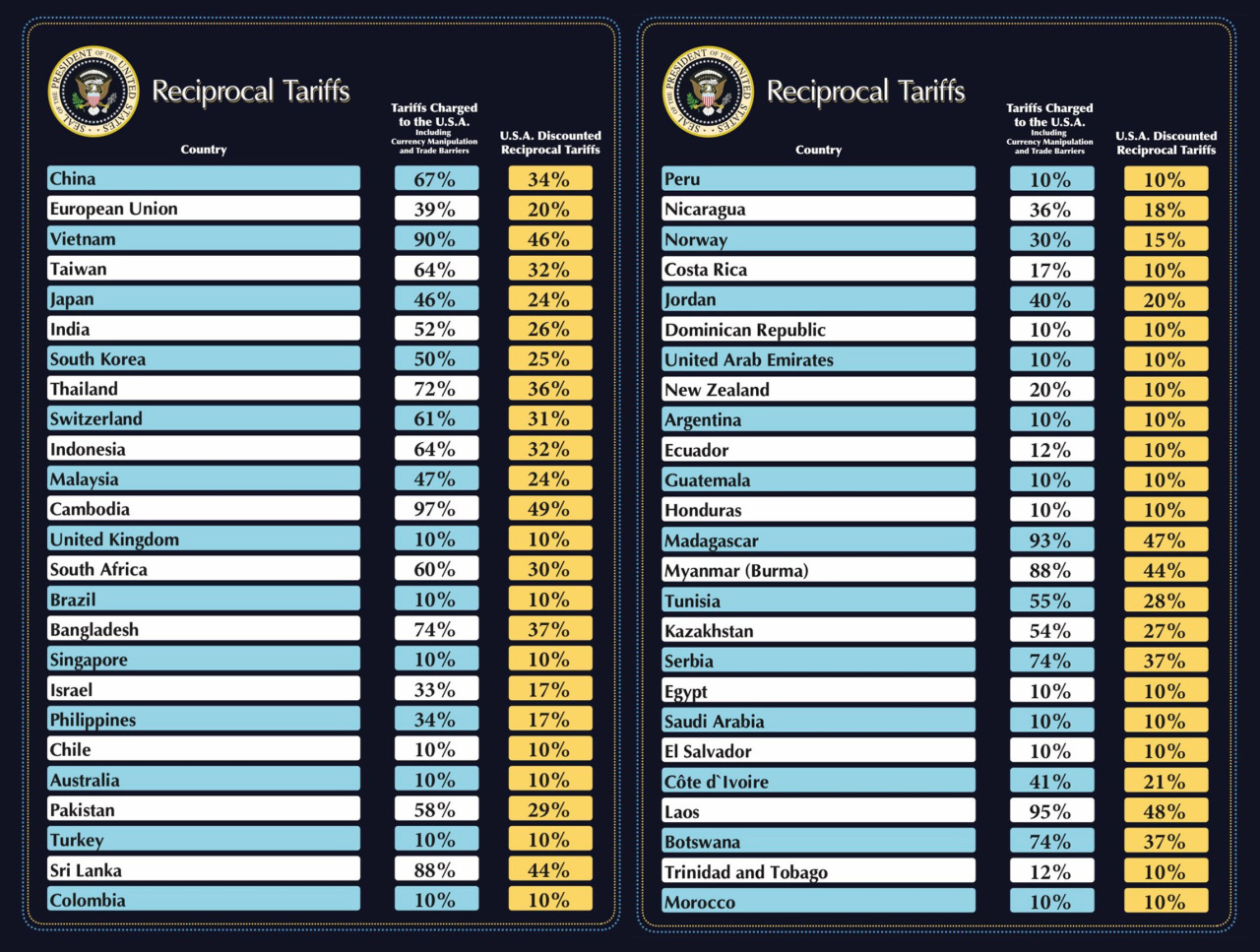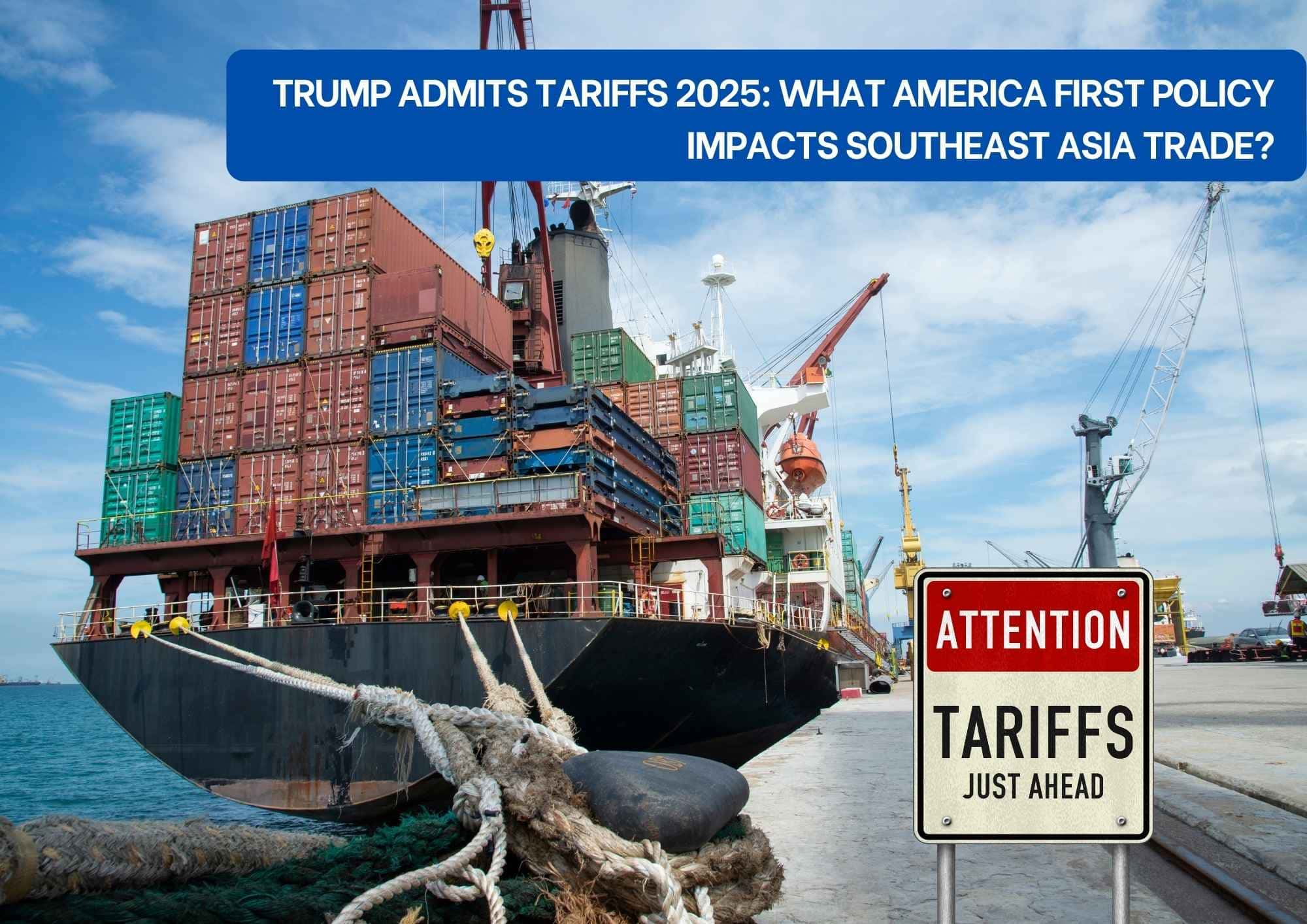The year 2025 has brought a significant shift in global trade dynamics with the United States imposing new tariffs on imports from ASEAN countries. These tariffs range from 10% to as high as 49%, disrupting established trade flows and putting pressure on key industries like electronics, automotive, steel, and aluminum. For ASEAN businesses, these changes aren’t just numbers—they represent real challenges and the need to rethink strategies for growth and resilience.

Photo source: Reuters
The Impact of US Tariffs on ASEAN
US tariffs have created a ripple effect across Southeast Asia, forcing governments and businesses to adapt quickly. Here’s a breakdown of the key sectors feeling the impact:

Source: The White House
- Automotive Sector – A 25% tariff on automobiles is squeezing margins, particularly in Thailand, a major exporter of cars and motorcycles. Automakers are actively looking at relocation and alternative markets to stay competitive.
- Electronics and Semiconductors – Vietnam, Malaysia, and Indonesia are feeling the pinch, with U.S. tariffs threatening exports that have been vital to their economies. With Vietnam exporting billions in electronics annually, the stakes are incredibly high.
- Steel and Aluminum – The U.S. introduced a 25% tariff on steel and aluminum, with Vietnam facing potential anti-dumping tariffs of up to 88.12%. This is a major concern for suppliers who have been critical to U.S. infrastructure projects.
Vietnam’s 46% Tariff: A Turning Point
Vietnam, in particular, is facing unprecedented challenges with a 46% tariff on specific goods. This sharp increase is not just a trade policy—it’s a wake-up call for Vietnamese manufacturers to rethink export strategies and explore new markets to balance the scales.
Strategic Adaptation and Regional Resilience
The good news? ASEAN countries are known for their resilience. Here’s how businesses are adapting:
- Shifting Production Locally and Regionally – By leveraging free trade agreements within ASEAN, many companies are moving production to regional hubs to sidestep U.S. tariffs.
- Exploring New Markets – Europe, the Middle East, and even intra-ASEAN trade are becoming more attractive as companies diversify.
- Investing in Local Facilities – Some firms are going further, setting up production bases in the U.S. itself to bypass tariff barriers completely.
Opportunities and Future Outlook
It’s not all doom and gloom. The changes are opening up fresh opportunities:
- Foreign Direct Investment (FDI) – With global supply chains shifting, ASEAN is becoming a hotspot for new investments.
- Stronger Regional Partnerships – Countries are collaborating more closely to present a unified front in trade negotiations.
- Digital Trade and E-commerce – Digital platforms are enabling cross-border sales with less friction, bypassing traditional barriers.
Conclusion
US tariffs in 2025 have undeniably changed the landscape for ASEAN businesses. But with change comes opportunity. For businesses willing to adapt, the path forward includes diversification, stronger regional ties, and innovative market strategies. At Source of Asia, we’re here to help you navigate these changes and come out stronger.
Download the full flyer: Impact of US Tariff Decisions on ASEAN Businesses (PDF)
Looking to Navigate US Tariffs 2025 with a Clear Strategy?
If you want to explore tailored business plans, market opportunities, or strategic expansion options for your business in Southeast Asia, feel free to reach out to us at hello@sourceofasia.com. Let’s turn these challenges into growth opportunities together.







